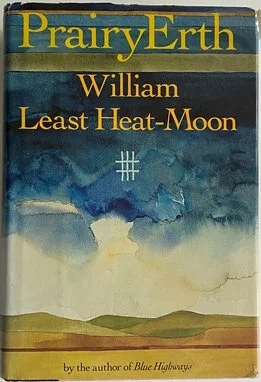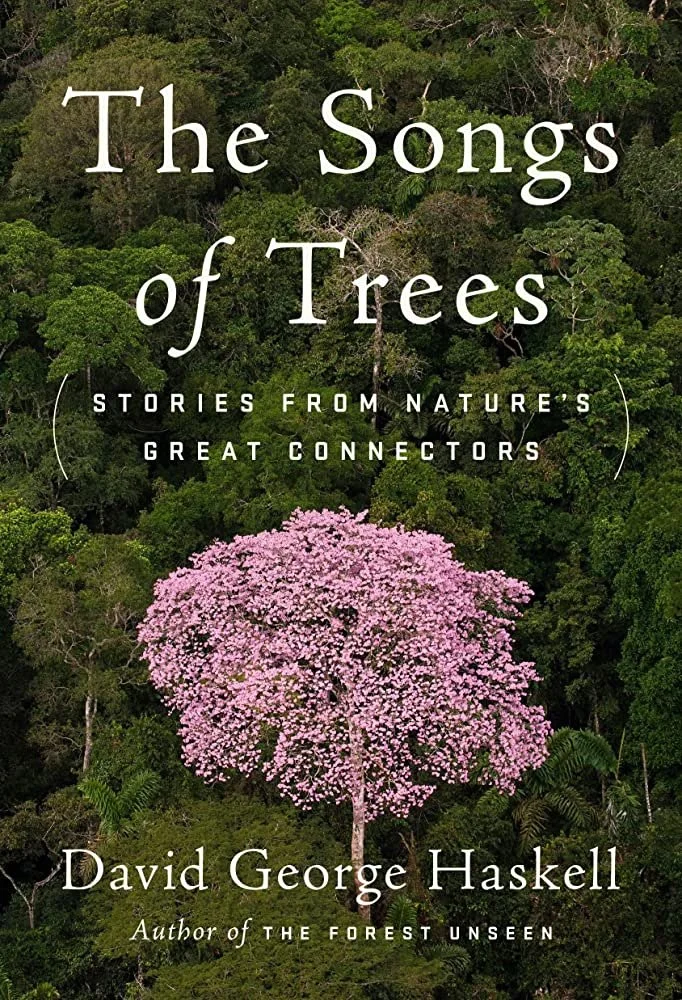The Street Where You Live
In “The Street Where You Live,” our team had the opportunity to develop a design intervention into the public spaces of Portland that have, for many residents, faded into the background. In researching how we could take a historical public park like Laurelhurst and give guests a new lens to see it, we delved into a project that requires deep critical analysis and a temperament for provocation as we examined how to translate the experience of a tree in the park into a human context. For many Portlanders, a walk in Laurelhurst Park is their contact with nature for the day; for the trees of the park, though, what is natural about living most of your life in Laurelhurst?
Lead Case Study
Participants: Molly McLain, Austin Roch, Charlie Wilcox
February-March 2023
PNCA Collaborative Design/Design Systems
Project At A Glance
Deliverable: Proposal for a design intervention into a public space in Portland
Context: Laurelhurst Park, a National Historic Site designed by Frederick Law Olmstead’s firm, one of the crown jewels of the Portland Parks system
Goal: To recontextualize and translate the historic, manicured park from the perspective of the trees that are among its primary residents
Values: provocative critical design,
eco-conscious design, post-human design, socially responsible planning, collaborative process
Portland, Oregon, spent 2020 confronting the challenges that enveloped the entire country, foremost among them the outbreak of the COVID-19 pandemic and the confrontations between social justice advocates protesting for racial justice, equity, and police abolition and the very officers who frequently retaliated against challenges to their authority. While the perpetual news state greatly exaggerated the impact of the latter on day-to-day life in Portland and elsewhere while downplaying the former, both caused significant shifts in the way that Portland residents, both new arrivals and pre-Portlandia survivors, understood and navigated their shared public spaces.
With that in mind, we were tasked with the question: How might we locate, share, and explore the histories and spaces unique to local communities? Our immediate response to this question is excitement, both in the wide-ranging routes to take this project into a plethora of fields of inquiry and in the opportunity to explore our own community.
Background
Development
Our first step was deciding what specific site we would build our project on. Each member of the team brought a site to the group and we presented and discussed each of them, with examples being the St. Johns Bridge, Providence Park, and Laurelhurst Park. While each provided multiple possibilities for a project, the team voted unanimously to pursue Laurelhurst as the site.
We jumped right into brainstorming ways to explore this site and develop new ways to interrogate the various histories of this site. This provided both challenges and opportunities, as there was a wide breadth of familiarity within the team with the park. We needed to exercise caution so that the biases of the person most familiar with Laurelhurst Park didn’t solely dictate the direction of this project. Even so, these brainstorming sessions generated a wealth of ideas from all team members, and so the task became formulating them into distinct proposals.
Image Credits: oregon.gov; trimet.org
About Laurelhurst Park
The first municipal park named to the National Register of Historic Places, Laurelhurst Park is a 32 acre stretch of land located in Southeast Portland, cultivated alongside the first planned residential development west of the Mississippi River. With landscape design planned in line with Frederick Law Olmstead by his former chief horticulturist, Emanuel Mische, who became Portland’s first park superintendent in 1909, Laurelhurst is an ideal representative of the turn-of-the century City Beautiful movement.
Concepts
We jumped right into brainstorming ways to explore this site and develop new ways to interrogate the various histories of this site. Would we want to examine Laurelhurst’s history as a rich social site, the staging area for decades of Rose Festival Coronations and other highly cultivated pageantry? What about the Laurelhurst of today, where wealthy and houseless neighbors in the vicinity of the park make a fraught coexistence? What about a post-human vision of the park, where people are no longer the chief residents of the environment? We grouped ideas from this session into three concept proposals, based loosely around their relationship to past, present, and future. Enamored with the challenge of our future concept, based on the idea of evolving our understanding of place-naming, communication, and consciousness via the trees of the park, our chief consultant selected that project as our focus moving forward. We start with the provocative question “Is it possible for something non-human, i.e. the trees, to name a place?”
From there, we had to engage in some rapid-fire research in order to ascertain how a number of details about how trees communicate, build community, and possibly understand place. The pursuit of this specific concept, while daunting, provided a welcome corrective balance in the knowledge base of the team. Those that were relying on an ingrained knowledge of Laurelhurst Park to guide themselves through the project were not the same team members that had more specialized knowledge in biology.
As team lead, I assembled some readings that would give us a shared basis and context for both tree communication and place-naming further. This gave us a fair amount of new insights into both the biological aspects of trees (as in the selections from The Song of Trees by David George Haskell and The Hidden Life of Trees by Peter Wohllenben), the cultural status of trees (in Sumana Roy’s How I Became a Tree) and the depth of the political issues (in The Politics of Place-Naming) and cultural legacies (in William Least Heat-Moon’s PrairyErth) in place-naming.
Desk Research
Refinement
We brought that knowledge to our next team meeting, where we brainstormed forms and methods to explore this question. We had a fairly even spread of ideas that ranged from metaphorical, embodied interpretations of tree naming to analytical, scientific, and linguistic approaches, as well as a range of hig h to low human intervention projects. When we rearranged the ideas towards finding the projects that have the highest level of deliverability with the highest level of engagement with the problem statement and criteria, it became clear that any solution that too clearly translated a tree-based interpretation of reality into an Anglicized “place name” for the park felt inauthentic and a fallible solutions to a question that could, and perhaps should, be open-ended to new forms of sensory experience.
One of the repeated themes that came up in our research emphasized that trees artificially cut off from each other and the subterranean fungal networks that connect them are weaker, unable to communicate with each other, and generally more susceptible to the elements. Real life emphasized this during our design process, when an unexpected snow storm in Portland once again littered the park with downed trees and branches. Of course, in any storm we can expect some broken branches, but it is striking that the park seems so much more vulnerable to tree damage, and the research seems to backs that up. This helped to really shape the project to a potential solution.
Solutions
In one of the other books consulted for this project, writer Sumana Roy asks “Why are there no statues of trees? How and why had the visual culture of humans neglected the transformation of nature into culture when it came to trees?”
In our return trips to Laurelhurst, a particular tree, or rather, tree segment, repeatedly caught our attention: a black oak stump, left behind when the tree fell to earth during an ice storm in 2021. This stump, located on the west end of Laurelhurst park, feels particularly resonant to the idea that trees in Laurelhurst park are put into a particularly odd situation when they were planted here—according to Portland Parks and Recreation, over half of the 1016 trees in the park do not naturally grow in Oregon, including the Black Oak, native to the east coast of the United States. While the biodiversity of the park is something to behold, it did leave our team questioning whether the same networks of communication between trees can take root, especially in a site where trees were planted according to Frederick Olmstead’s ideas about beautiful urban parkscapes and not necessarily in ways that the trees themselves would best arrange themselves for survival in the wild, so to speak.
As such, we are proposing a new type of installation, a statue of the Black Oak tree that has fallen, emerging from the stump of the tree. This statue, extending into the canopy of Laurelhurst park alongside its biotic companions, could be made of hollow, transluscent, or wireframe materials so that it silhouettes but does not obscure the trees around it. In that way, true to Roy’s question, the installation tree would defamiliarize park guests to the seemingly natural place of trees above them, hopefully pushing them to see the rest of the trees with a new perspective.
conclusion
By encouraging residents who encounter this installation to experience their surroundings more like a tree, we aim to provoke a new way of understanding Laurelhurst Park outside of human sensation and history.
By informing residents about the ways in which parks can be potentially challenging for trees to build networks and preserve themselves and their neighbors, we aim to open up a space for residents to rethink their relationship to the park and see the non-human organisms around them as figures who have been, in a certain way, subject to social control. Hopefully this can lead viewers to extend this line of questioning further, touching on some of the other facets of Laurelhurst Park’s history, who and what was included and excluded from it, from its genesis as a luxurious neighborhood park for upscale turn-of-the-century homeowners to the present.


















